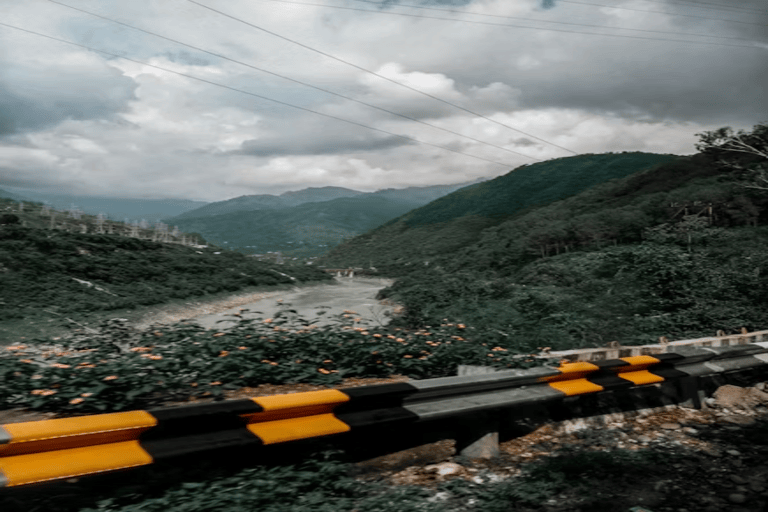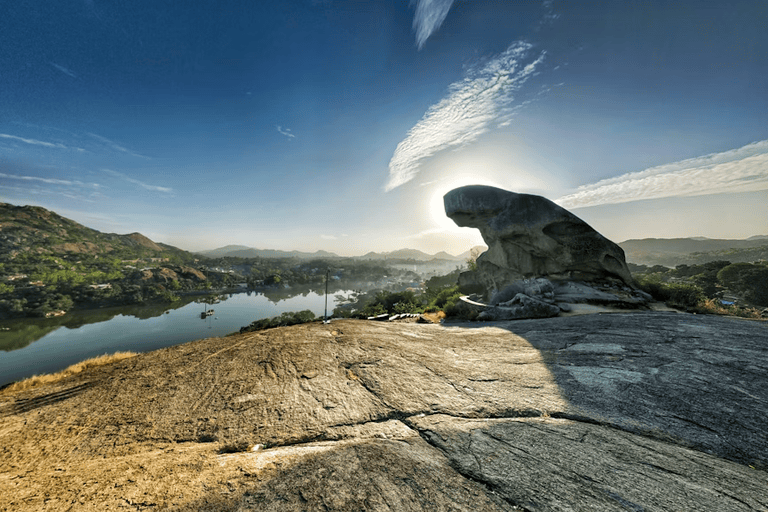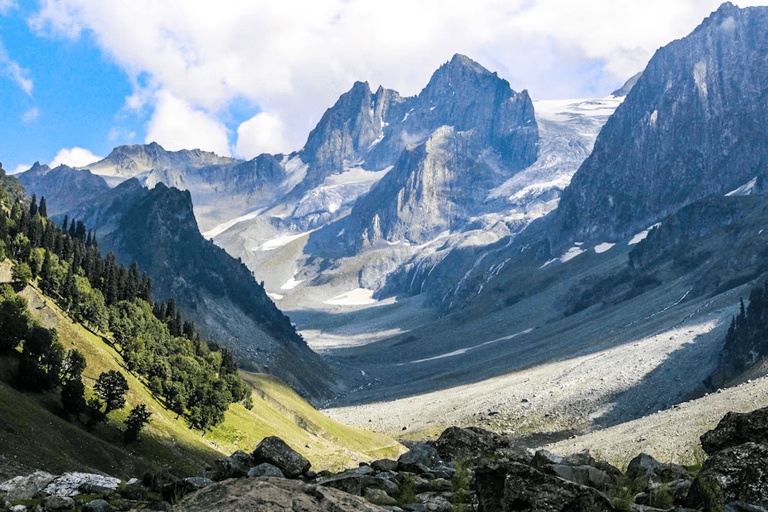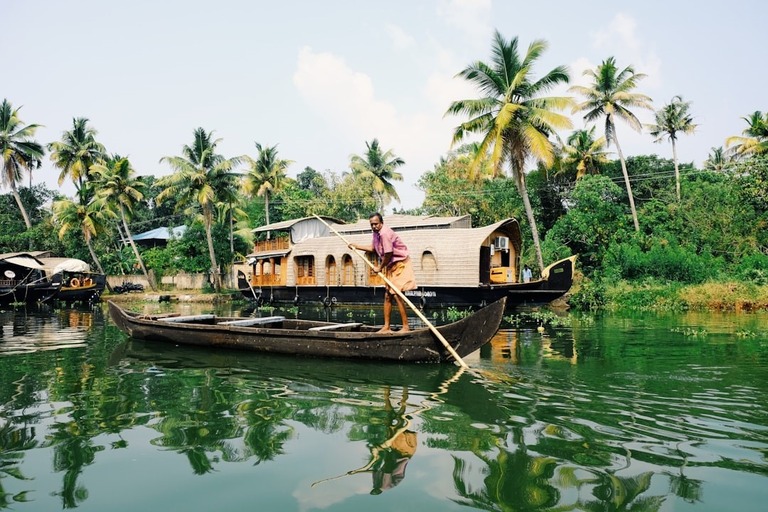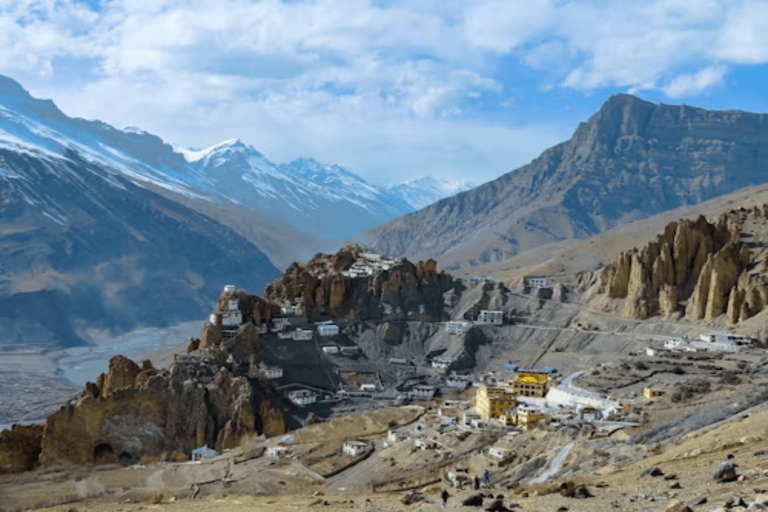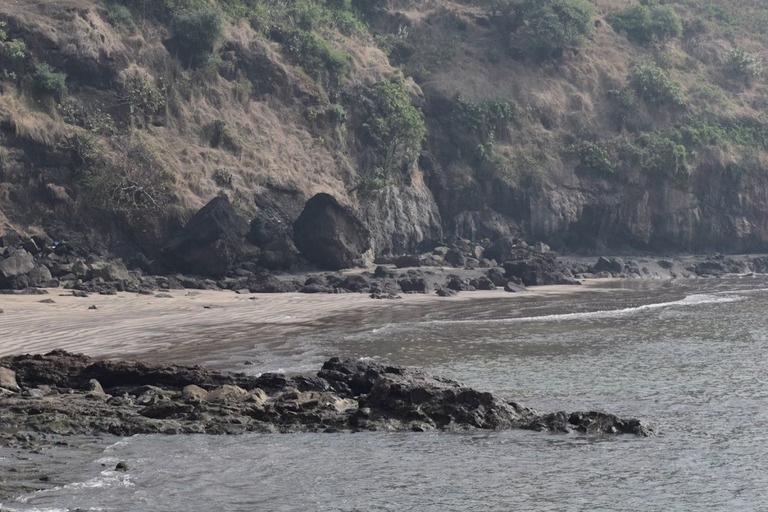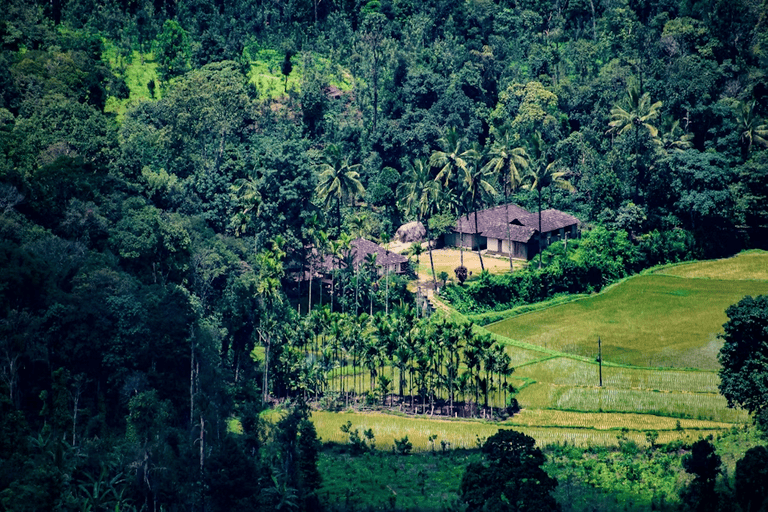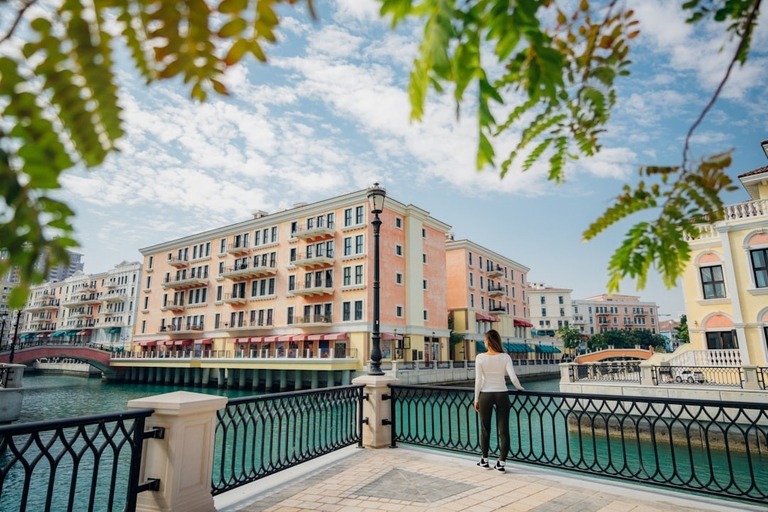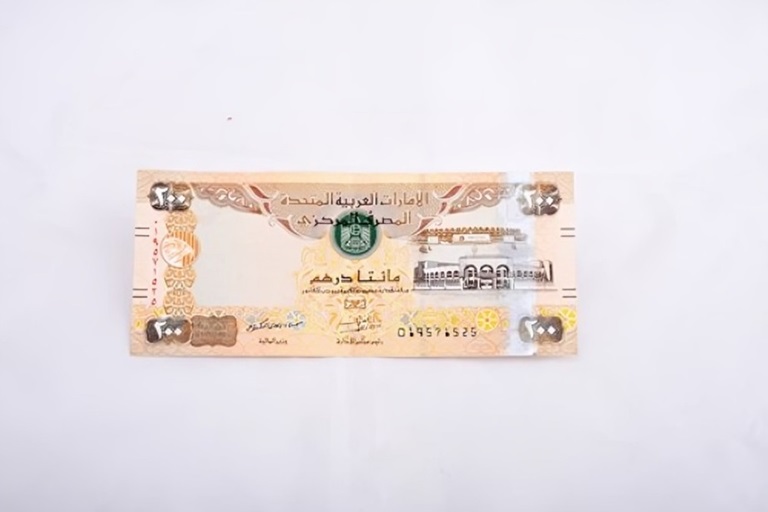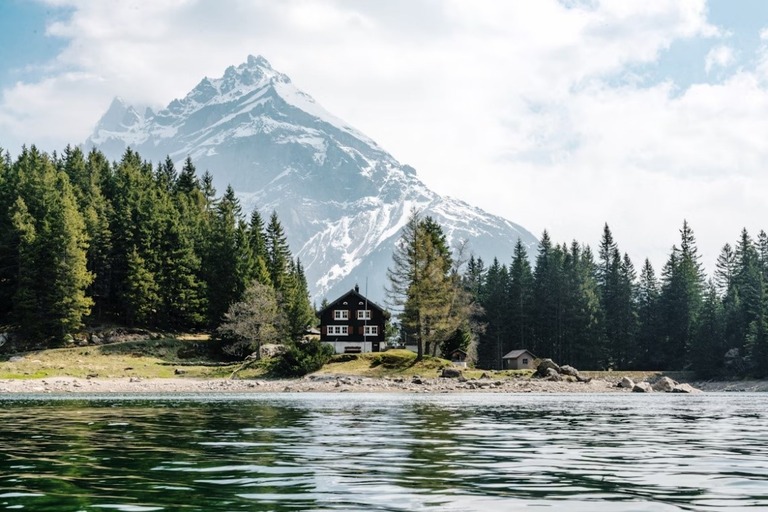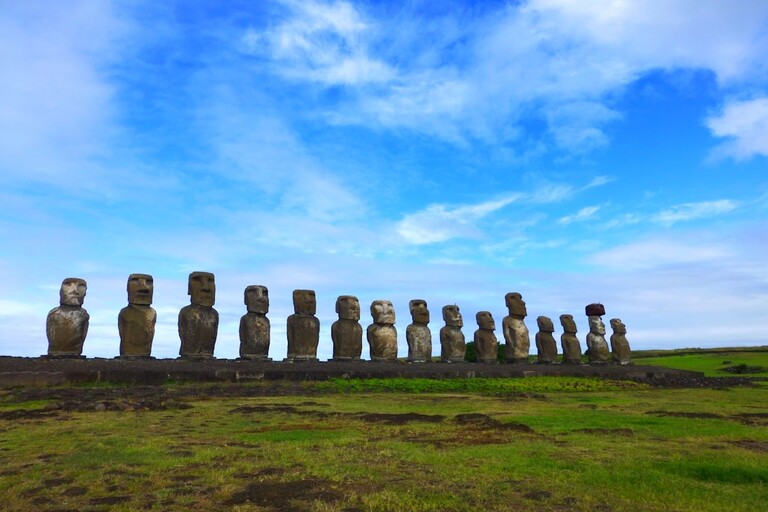
Explore the Wonders of Easter Island: Unforgettable Tours to the Pacific
Table of contents
Easter Island in South America, also known as Rapa Nui, is a popular destination in the Pacific Ocean that has attracted tourists worldwide. Renowned for its enigmatic moai statues, stunning landscapes, and rich Polynesian culture, Easter Island in the Pacific is a must-visit destination for adventurers seeking an unforgettable experience.
Its remote location, fascinating history, and archaeological wonders make it a popular destination for those eager to explore the mysteries of the past and immerse themselves in the beauty of the present.
Why Visit Easter Island?
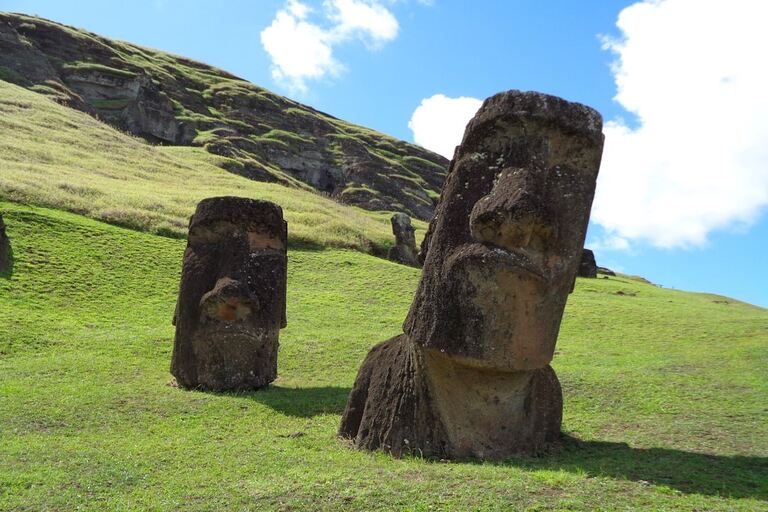
Easter Island
Easter Island is a fascinating destination that offers a unique blend of history, culture, and natural beauty. It’s a remote island dotted with giant mysterious statues called moai, each with its own story to tell.
You can soak up the sun on beautiful beaches, hike to the rim of ancient volcanoes, and immerse yourself in the vibrant Polynesian culture of the local Rapa Nui people. Whether you’re drawn to archaeological wonders, breathtaking landscapes, or cultural experiences, Easter Island has something to offer every traveler.
Easter Island Facts – Easter Island History
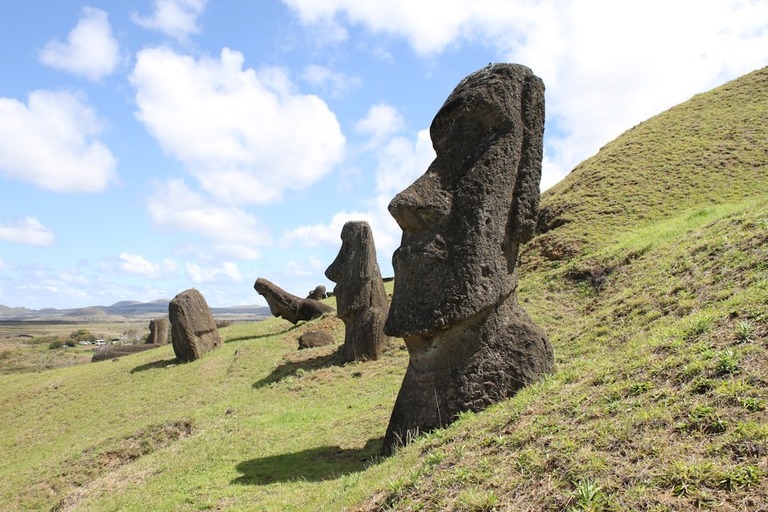
Easter Island History
Despite its extreme isolation, boasts a history dating back approximately 1500 years. Legend has it that the island’s initial inhabitants arrived from the Marquesa Islands around 300-400 A.D. The first king of Rapa Nui, Hoto Matu’a, landed at Anakena Beach and was revered by his followers as a deity.
Between 900 and 1200 A.D., the islanders constructed massive stone statues called moai to honor their revered kings. Over 1,000 of these statues were erected across the island, making ancestral worship central to their religion and daily life. The moai were placed on stone platforms known as ahu, with villagers living in settlements that faced both the statues and the ocean.
While much is understood about the construction techniques and purpose behind the moai, the island’s most enduring mystery revolves around the placement of these statues and how they were transported from the quarry on the hillsides to their designated locations across the island.
How Easter Island Got Its Name
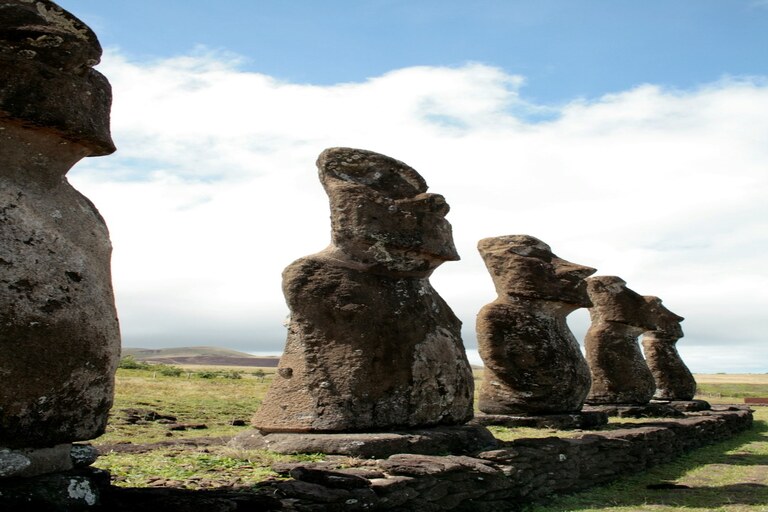
Easter Island statues
Easter Island acquired its modern name when the first documented European visitor, Jacob Roggeveen from the Netherlands, arrived on its shores on Easter Sunday in 1722. Subsequent European arrivals, including James Cook, followed, marking the beginning of the downfall of Easter Island.
The exact reasons behind the near-decimation of the island’s population remain a subject of debate, but experts believe it was likely a combination of factors, including the civil war, environmental changes, and widespread deforestation during the era of moai construction. Easter Island’s stone statutes witnessed significant damage, with many moai toppled and destroyed during internal conflicts, though efforts have been made to restore these iconic statues.
On 9 September 1888, Easter Island was officially annexed by Chile, and a treaty was signed between the Chilean government and the Rapa Nui people, a pact that remains in effect to this day.
Best Time To Visit Easter Island
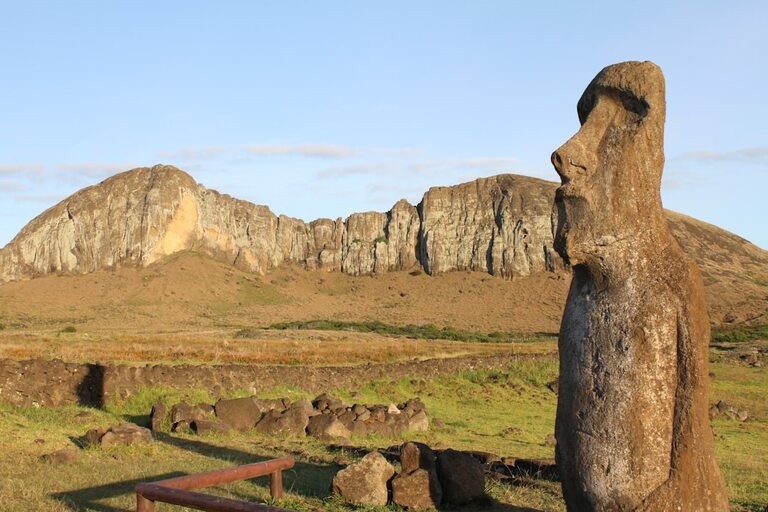
Mountains on Easter Island
The best time to explore Easter Island is during the first two weeks of February, aligning with the annual Tapati Rapa Nui festival. This cultural extravaganza offers an unparalleled opportunity to immerse oneself in Rapa Nui traditions and gain insights into the island’s vibrant heritage. On the second-to-last day of the festival, participants and families parade through the streets of Hanga Roa, adorned in traditional Polynesian attire and dancing to lively music.
However, it’s worth noting that during this time, the rates for accommodation and flights are at an all-time high. Also, visitor numbers soar, so do not expect to have a quiet atmosphere during this time of the year.
Alternatively, the optimal times to visit Easter Island are from April to June and September to November. During these periods, the weather remains pleasant, and tourist numbers are low, resulting in more affordable flights and accommodations, offering a quieter and more budget-friendly experience.
How to Visit Easter Island
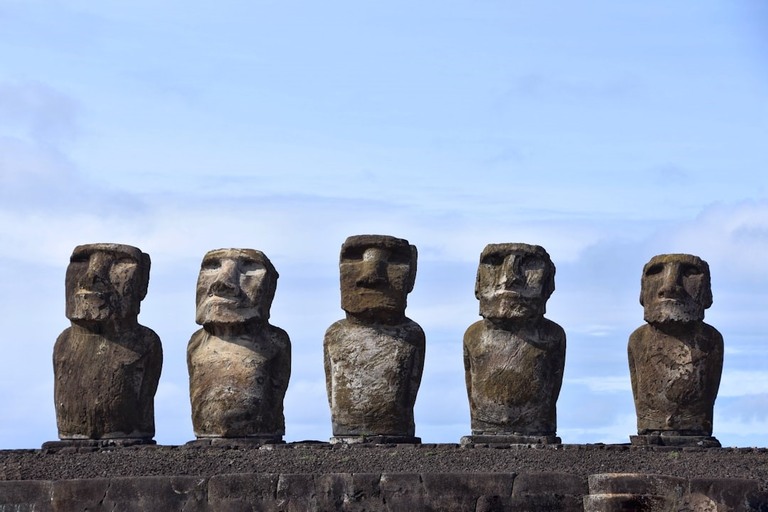
5 statues of Easter Island
Situated in the vast expanse of the Pacific Ocean, this remote island is 1200 miles away from Pitcairn Island and 2300 miles away from Chile. It stands as one of the most isolated places on Earth, adding an element of adventure to the journey.
While Easter Island falls under the jurisdiction of Chile, its inhabitants proudly uphold their Polynesian heritage, creating a fascinating blend of Chilean and Polynesian cultures. The cultural fusion, enriched by the prevalence of the Spanish language, offers visitors a unique and captivating experience.
For many travelers, Easter Island has become a highlight of their Chilean itinerary, with most flights departing from Santiago, Chile. If you find yourself with a two-week window to explore Chile, be sure to take some time for a visit to Easter Island. It’s a beautiful land where you can immerse yourself in its rich history, breathtaking landscapes, and vibrant culture.
People and Language of Easter Island
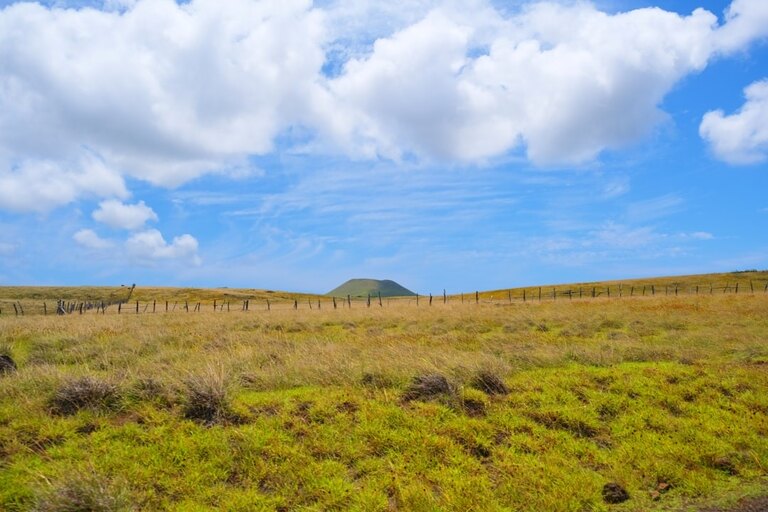
Views of Easter Island
Easter Island has a population of approximately 5000 inhabitants, predominantly conversing in Spanish. While Rapa Nui natives converse in the Rapa Nui language, its usage has gradually reduced, diminishing its significance over time. Nevertheless, similarities exist between the Rapa Nui language and indigenous dialects spoken in New Zealand and Tahiti.
Efforts to uphold traditional customs persist among the island’s inhabitants. Ancestral narratives are passed down through oral traditions and conveyed through folk songs and traditional dances. Each February, the island hosts the Tapati Rapa Nui Festival, a significant cultural event celebrating Rapa Nui traditions. Participants don traditional attire and engage in rituals and ancient sports.
Approximately one-third of Easter Island’s population comprises Chilean migrants who relocated to the island primarily to partake in its growing tourism sector. Harmonious relations between Chileans and Rapa Nui natives have fostered a blended culture, and intermarriages are taking place. Given tourism’s pivotal role in the island’s economy, proficiency in English is widespread among its inhabitants.
How To Get Around Easter Island
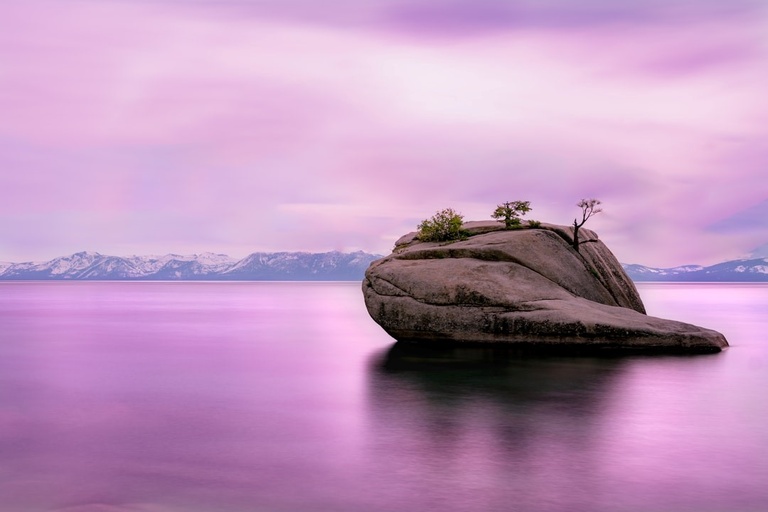
How To Get Around Easter Island
Navigating Easter Island poses a challenge due to the absence of public transportation. Many visitors opt for guided day tours to explore the island’s archaeological sites, particularly Easter Island’s stone statues, benefiting from the insights of the Rapa Nui guides.
Alternatively, renting a vehicle offers freedom and flexibility for independent exploration. For those seeking a different experience, quad rentals are available as well. Additionally, motorcycles, scooters, and bicycles are alternative options for island exploration, although the hilly terrain may pose challenges for cyclists.
How Much Time Is Required To Explore Easter Island
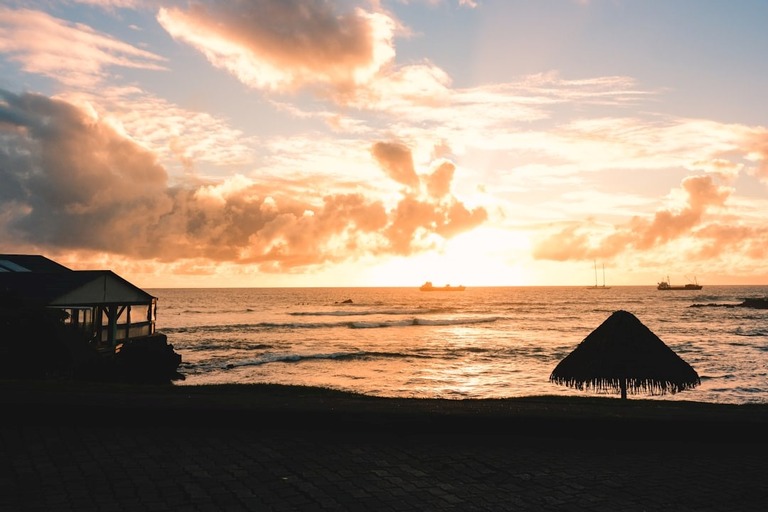
Time Is Required To Explore Easter Island
Spanning 14 miles in length and seven miles in width, Easter Island forms a triangular shape, covering an area of 63 square miles. One can explore the entire island in under an hour by car. Approximately 40% of its land comprises a national park with archaeological wonders, including nearly 1000 moai statues. With efficient planning, visitors can explore all these sites within a three-day timeframe.
Things to Do On Easter Island
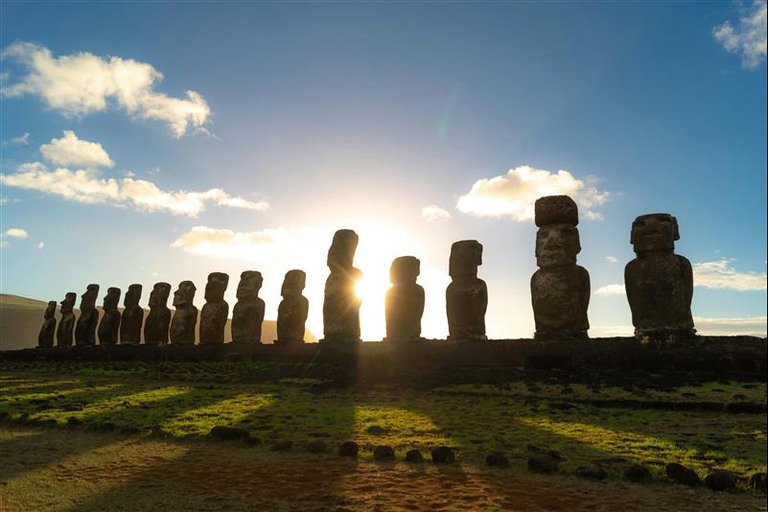
Sunrise on Easter Island
When you visit Easter Island, you’re in for a treat! This remote island in the Pacific Ocean is famous for its mysterious moai statues, stunning landscapes, and vibrant culture. Let’s take a closer look at some of the top activities that will make your trip to Easter Island unforgettable.
1. Visit the Sebastian Englert Anthropological Museum
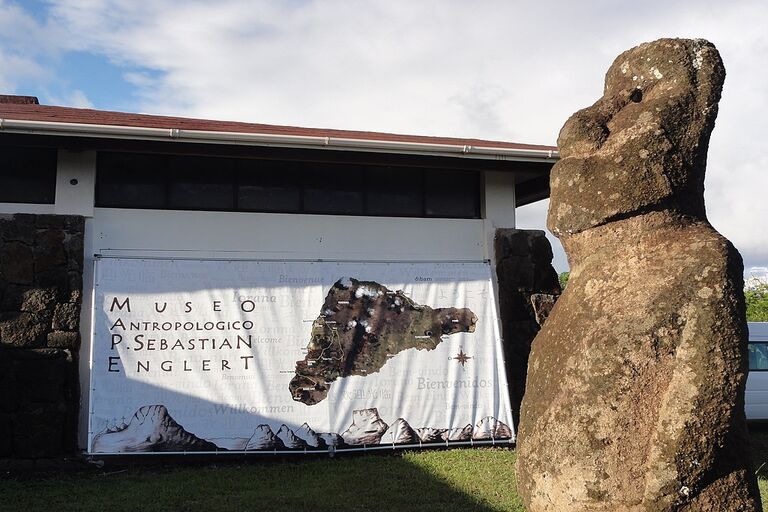
Sebastian Englert Anthropological Museum
Begin your journey by delving into Rapa Nui’s fascinating history and culture at this museum. Located in Hanga Roa, it offers detailed insights into the island’s past, showcasing rare artefacts such as a female moai and ancient tools used for carving. Best of all, admission is free, and it’s conveniently situated next to Ahu Tahai, a mere 10-minute stroll from Hanga Roa’s centre.
2. Hike around Rano Raraku
Marvel at the awe-inspiring sight of 397 moai sculptures nestled on the slopes of this volcanic crater, known as the quarry. Wander along scenic trails, witnessing statues in various stages of completion, including the island’s tallest moai, standing at an impressive 21 meters.
3. Catch Sunrise at Tongariki
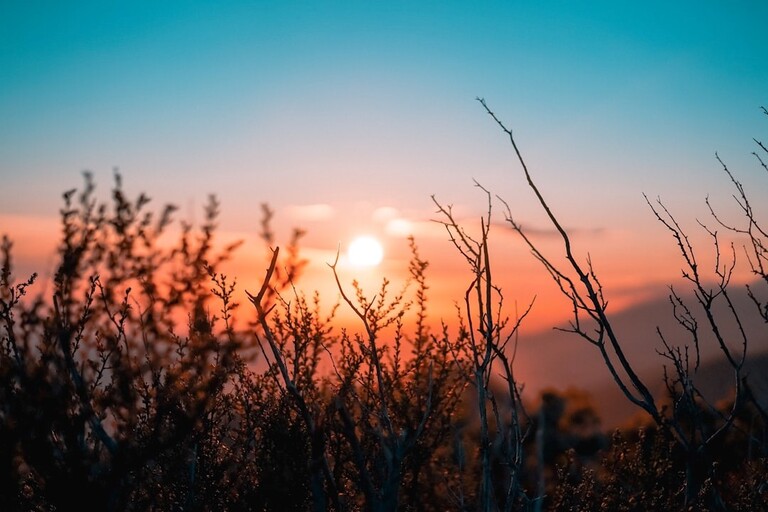
Catch Sunrise at Tongariki
Witness a breathtaking sunrise at Ahu Tongariki, home to 15 majestic moai statues overlooking the coastline. Admire the mesmerising view as the sun illuminates the ancient site, capturing the essence of Easter Island’s iconic landscape.
4. See Sunset at Tahai
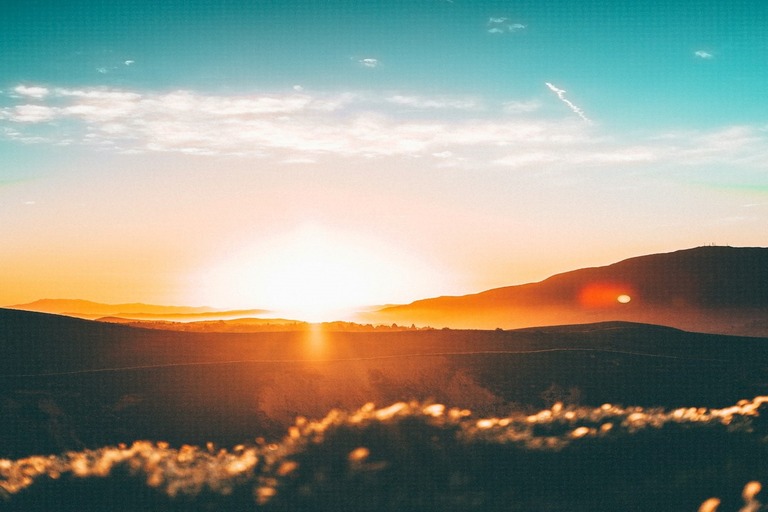
See Sunset at Tahai
Experience the magic of sunset at Ahu Tahai, where the oldest moai on the island stands amidst a picturesque setting. Sit back and relax as the sky lights up in vibrant colours, casting a serene glow over the ancient statues and the surrounding landscape.
5. Chill Out at Anakena Beach
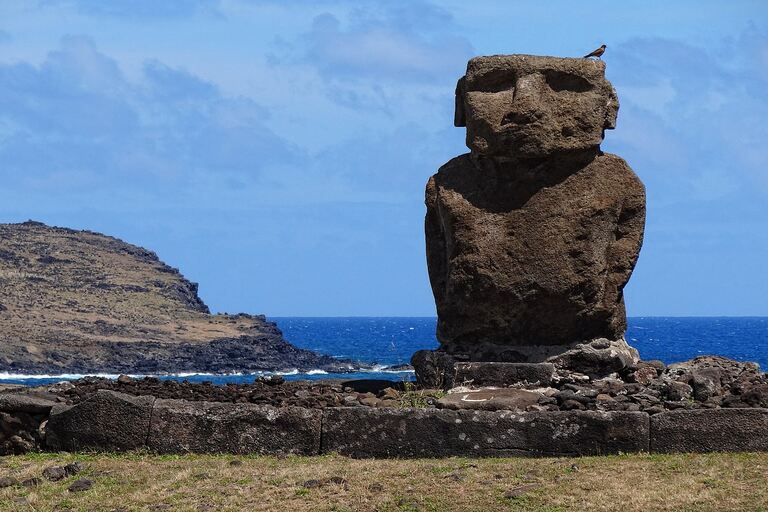
Chill Out at Anakena Beach
Escape to the tranquil shores of Anakena Beach, a pristine oasis with white sandy beaches and swaying palm trees. Delve into the island’s rich history as you explore nearby ahu platforms, including Ahu Nau Nau, adorned with seven magnificent moai statues.
6. Walk around the Volcano Crater, Rano Kau
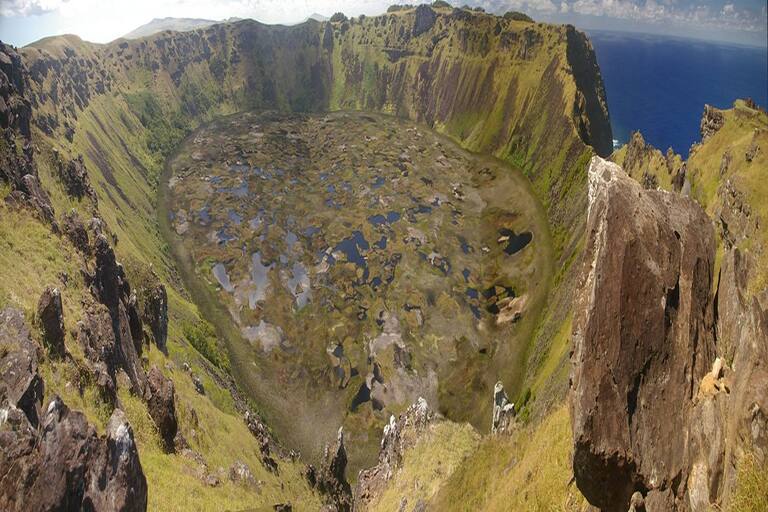
Walk around the Volcano Crater, Rano Kau
Embark on a scenic hike around the rim of Rano Kau, a majestic volcano crater offering panoramic views of the island’s rugged terrain and azure crater lake below. Immerse yourself in the natural beauty of this geological wonder, home to a diverse array of flora and fauna.
7. Visit Orongo Ceremonial Village
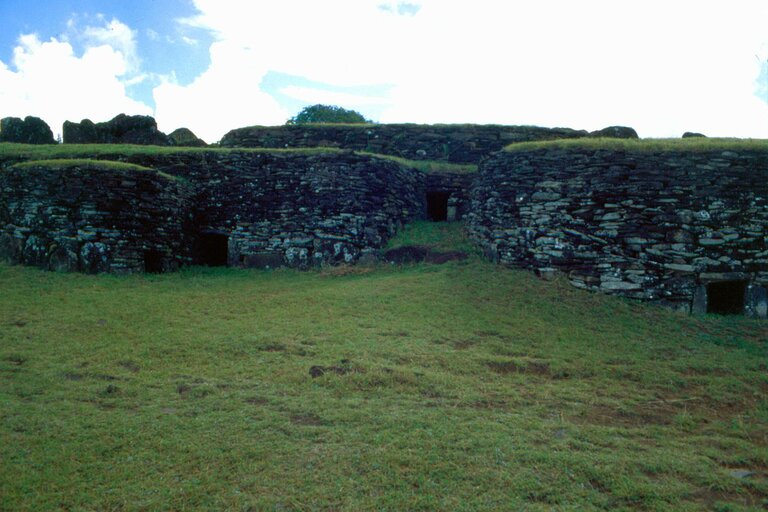
Visit Orongo Ceremonial Village
Explore the ancient ceremonial village of Orongo, perched on the slopes overlooking Rano Kau. Gain insights into Rapa Nui’s fascinating birdman culture as you learn about the annual competition held to determine the island’s ruler.
These are just a few of the many exciting activities and experiences awaiting visitors to Easter Island, ensuring a memorable and enriching journey to this remote and captivating destination.
Foods To Eat At Easter Island
Discovering the local food is a fun part of exploring a new place. On Easter Island, you’ll find delicious dishes that reflect its unique culture and history. From tasty seafood to traditional Polynesian meals, there’s something for everyone to enjoy. Let’s dive into the island’s culinary world and explore the flavours that make it special.
- Tuna Empanadas: A staple on Easter Island, tuna empanadas are delicious pastries filled with fresh tuna, onions, and sometimes cheese. These savoury treats are perfect for a quick snack or a light meal. You can find them at local bakeries and street vendors throughout Hanga Roa.
- Ceviche: Ceviche, a dish of raw fish marinated in citrus juices and mixed with onions, cilantro, and peppers, is a must-try on Easter Island. The island’s proximity to the ocean ensures that the seafood is incredibly fresh. Local variations often include tuna or other Pacific fish, giving a unique twist to this classic South American dish.
- Curanto: Curanto is a traditional Polynesian dish that reflects the island’s rich cultural heritage. It consists of meat, seafood, and vegetables cooked underground with hot stones. The ingredients are wrapped in banana leaves and covered with earth to create a natural oven. The result is a flavourful and tender meal that showcases the island’s culinary traditions.
Embark on an unforgettable journey to Easter Island and immerse yourself in its enchanting wonders and ancient mysteries. From exploring archaeological sites to witnessing breathtaking sunrises and sunsets, every moment on this remote island promises to be filled with discovery and adventure.
Now that you’ve uncovered the top attractions and experiences awaiting you on Easter Island, it’s time to turn your dream trip into a reality. Plan your ultimate adventure with Thomas Cook for an exciting, hassle-free experience.
Whether you’re seeking a customised tour package or expert travel advice, Thomas Cook is your trusted companion for crafting the perfect getaway. Don’t miss out on exploring one of the world’s most captivating destinations. Book your journey with Thomas Cook today and create memories that will last a lifetime. Your Easter Island adventure awaits!
Table of contents
Trending blogs for you
Recommended Articles for you
Hotter Than Hot: Exploring India’s Hottest Destinations
Reading Time: 10 minutes 0 0 Exploring the hottest places in India reveals more than just extreme temperatures; it uncovers a rich tapestry of cultures, intriguing histories, and breathtaking landscapes. From the arid deserts of Rajasthan to the blazing plains of Uttar Pradesh, each […]
10 Best Places To Visit In July In India On A Budget
Reading Time: 11 minutes 0 0 July, with its refreshing monsoon showers, transforms India into a vibrant tapestry of lush greenery and spectacular landscapes. For those who wish to explore the beauty of this transformation without causing a dent in their wallets, there are […]
Top 10 Coldest Places In India You Must Visit This Winter
Reading Time: 8 minutes 0 0 As winter approaches, the quest for crisp air and snow-covered landscapes draws many away from India’s typically mild winters. Embrace the season by venturing into the country’s coldest regions, where each destination offers a unique blend of natural […]
12 Best Places To Visit In November In India In 2025
Reading Time: 8 minutes 0 0 November is a month of vibrant transitions in India, offering an array of travel experiences from the cool Himalayan foothills to the warm beaches of the south. If you’re planning your travel itinerary for November 2024, India presents […]
10 Stunning Places To Visit In October In India To Experience the Autumn
Reading Time: 11 minutes 0 0 10 Stunning Places To Visit In October In India To Experience the Autumn October marks a magical time in India when the monsoon rains have ceased, and the landscape bursts with vibrant colours, making it an outstanding month […]
September Travel Guide – 8 Offbeat Places to Visit in September in India
Reading Time: 4 minutes 0 0 As the monsoon starts to wane, September brings forth the vibrant palette of India with its pleasant climate and colourful festivals, making it an ideal time for offbeat travels. This guide delves into eight unique destinations across India […]
Explore Top Places to Visit in India this August
Reading Time: 11 minutes 0 0 August in India isn’t just about monsoon rains; it’s a month that opens up an array of travel possibilities across the country. From the cool hill stations to the less crowded beaches, the best places to visit in […]
10 Best Places to Visit in November Outside India on a Budget
Reading Time: 8 minutes 0 0 As November rolls in with its mild weather and the promise of new experiences, many Indian travellers start looking for the perfect overseas getaway that doesn’t break the bank. If you’re planning to explore new cultures, cuisines, and […]
Top 10 Best Countries to Visit in October for Stunning Autumn Views
Reading Time: 9 minutes 0 0 Top 10 Best Countries to Visit in October for Stunning Autumn Views As October rolls in, so does the magical palette of autumn, transforming the landscapes of various countries into a vivid mosaic of colours. The crisp air […]
A Simple Explanation of Currency Pairs for Forex Beginners
Reading Time: 4 minutes 0 0 The foreign exchange market, or Forex, is the largest financial market in the world, with trillions of dollars traded daily. For beginners, understanding the basics is crucial to navigating this dynamic market. One of the most fundamental concepts […]
Which Currency is Best to Use in Dubai?
Reading Time: 4 minutes 0 0 Dubai, one of the world’s most vibrant and luxurious destinations, attracts millions of tourists and business travellers each year. Known for its towering skyscrapers, world-class shopping malls, and rich cultural experiences, Dubai’s allure often raises a common question […]
Step-by-Step Guide to Reloading and Unloading Your Forex Card
Reading Time: 5 minutes 0 0 A Forex card is an indispensable tool for international travellers, offering a secure, convenient, and cost-effective way to carry foreign currency. Whether you are a frequent flyer, a student studying abroad, or simply on holiday, a Forex card […]
5 Best Places to Visit in August Outside India in 2025
Reading Time: 9 minutes 1 0 As August approaches, many travellers seek destinations that offer a change of pace from the usual summer heat. Whether you’re escaping the warm Indian climate or looking to experience unique cultural events, August presents the perfect opportunity for […]
What is the Interbank Rate? A Guide to Foreign Exchange Pricing
Reading Time: 4 minutes 0 0 The interbank rate is a cornerstone of global finance, particularly in the foreign exchange (forex) market. It represents the rate at which banks trade currencies with one another, forming the foundation for exchange rates that individuals and businesses […]
8 Best Countries to Visit in July: Top Picks for Your Summer Getaway
Reading Time: 8 minutes 0 0 July is a fantastic month for travel, with the warm embrace of summer casting a golden glow over many of the world’s most captivating destinations. The longer days and vibrant energy make it the perfect time to explore […]
Understanding Foreign Transaction Fees and How to Avoid Them
Reading Time: 4 minutes 0 0 When travelling abroad or shopping online from international websites, one cost often overlooked is foreign transaction fees. These fees, while seemingly small, can add up quickly, increasing the total cost of purchases made in a foreign currency. Understanding […]
15 Best Places To Visit In April In India For An Exciting Spring Break
Reading Time: 9 minutes 0 0 April in India is a month of vibrant transitions and a wonderful time to explore its diverse landscapes. With the harsh winter receding and the scorching summer yet to set in, conditions are just right for discovering the […]
10 Best Places To Visit In May In India 2025 For A Thrilling Summer Escape
Reading Time: 10 minutes 0 0 As the summer sun brightens the Indian landscape, May is a wonderful time to explore the beauty and diversity of this vast country. From the cool hill stations in the north to the lush greenery of the south, […]
6 Budget Friendly Places to Visit in May Outside India
Reading Time: 8 minutes 0 0 Travelling outside India doesn’t have to be expensive! With a bit of planning, you can explore incredible international destinations on a budget while still enjoying unique cultural experiences and stunning landscapes. From the ancient temples of Southeast Asia […]
Why These Are the Best Countries to Visit in February: Travel Recommendations
Reading Time: 12 minutes 1 0 February may not be the first month that comes to mind for travel, but it’s an underrated gem for those seeking unique experiences without the crowds of peak tourist seasons. As the world transitions between winter and spring, […]
 18002099100
18002099100
